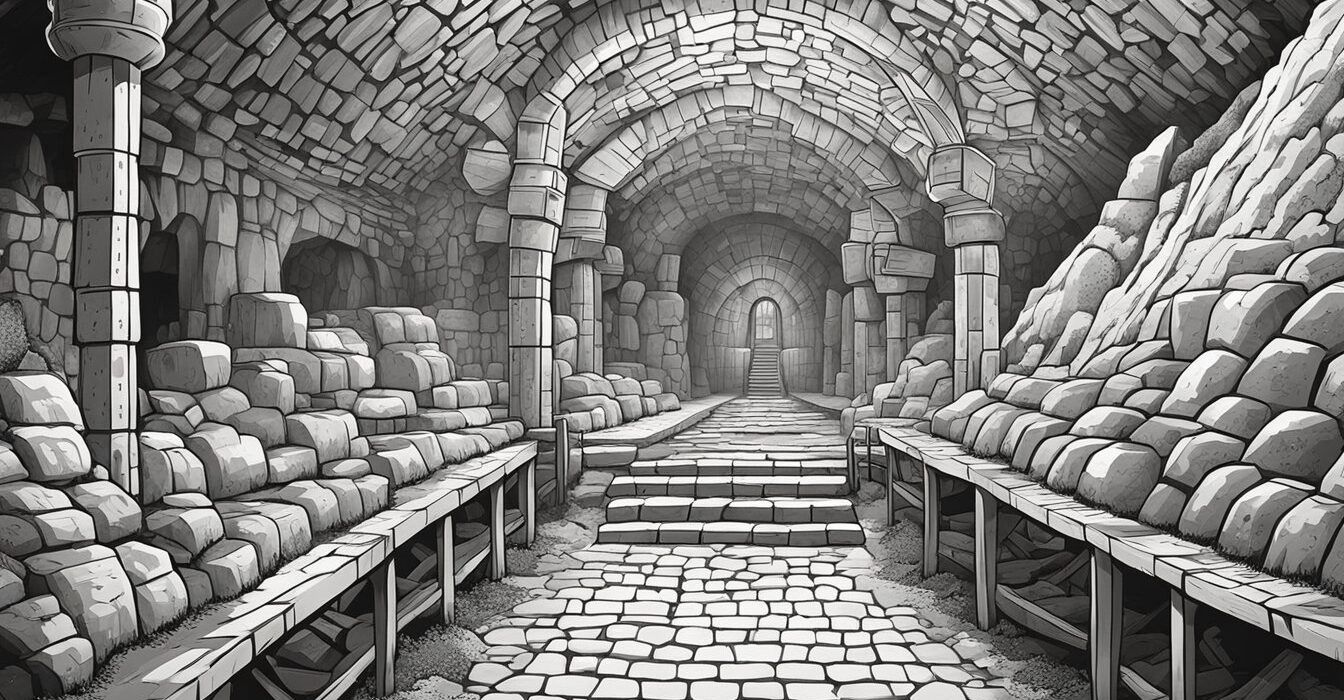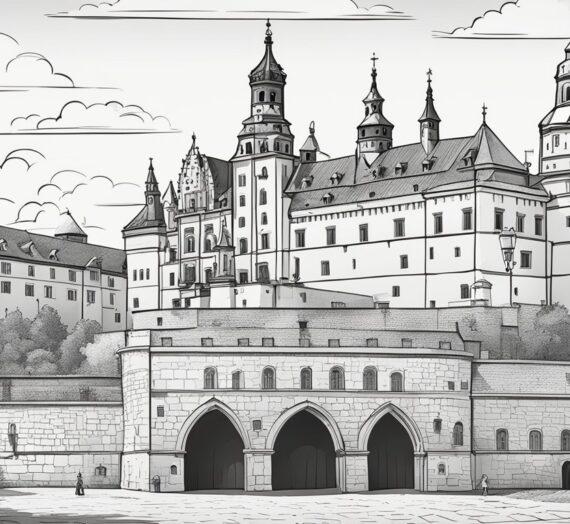Wieliczka Salt Mine Coloring Pages: Free Printable Sheets for Kids. Wieliczka Salt Mine, located near Krakow in southern Poland, is one of the oldest and most fascinating salt mines in the world. It has been mined since the 13th century and has transformed over the years into a UNESCO World Heritage site. The caverns left from digging have been turned into beautiful spaces, including great halls lit by salt chandeliers and chapels devoted to salt miners.
Wieliczka Salt Mine Coloring Pages
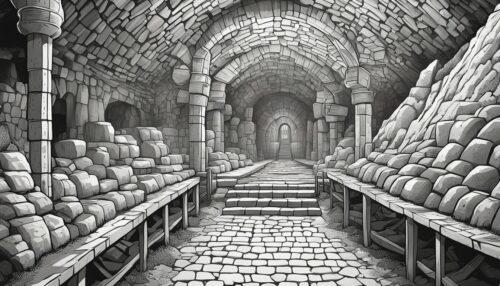
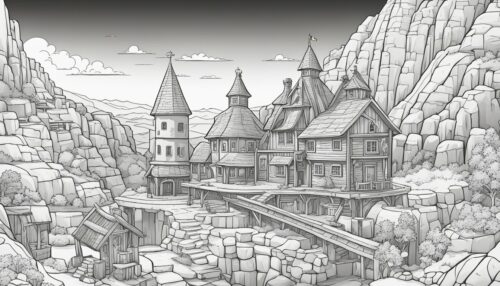
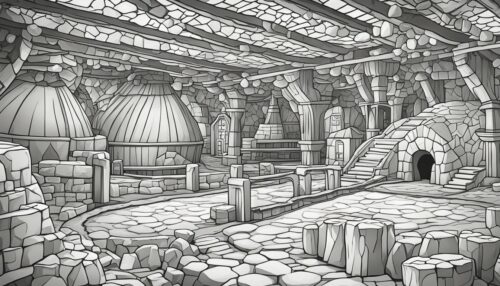
For those who want to learn more about this incredible mine, Wieliczka Salt Mine coloring pages are a great way to do so. These pages feature intricate designs of the mine’s tunnels, caverns, and salt sculptures. They are perfect for children and adults alike, allowing them to explore the mine’s history and beauty in a fun and creative way.
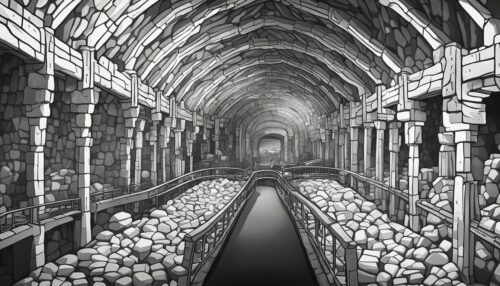
Whether you are a history buff or simply looking for a creative outlet, Wieliczka Salt Mine coloring pages are an excellent way to learn about this fascinating site. From the mine’s early beginnings to its current status as a popular tourist destination, these pages provide a unique and engaging way to explore one of the world’s most impressive salt mines.
Overview of Wieliczka Salt Mine
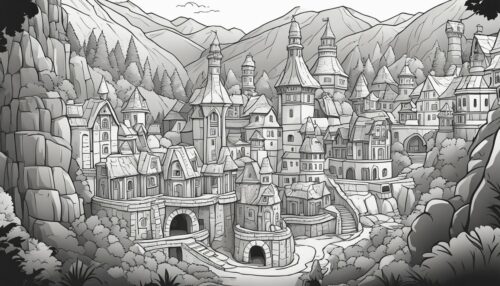
Wieliczka Salt Mine is an underground labyrinth located in Southern Poland, near the city of Krakow. The mine dates back to the 13th century and has been a major source of wealth for Poland for centuries. It is one of the oldest operating salt mines in the world and has been recognized as a UNESCO World Heritage Site since 1978.
The mine is famous for its unique underground lake, which is over 100 meters deep and is one of the deepest underground lakes in Europe. Visitors can take a boat ride on the lake and admire the stunning rock formations that surround it.
The mine is also known for its intricate salt sculptures and carvings, which were created by miners over the centuries. The sculptures depict religious figures, historical events, and scenes from everyday life.
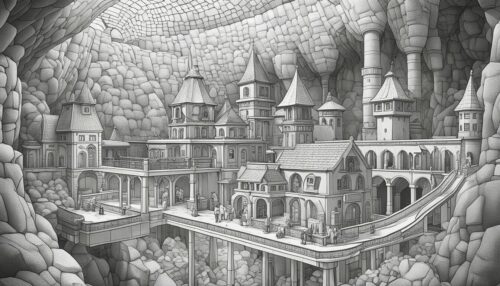
Visitors to the mine can take a Wieliczka Salt Mine guided tour and explore the labyrinth of tunnels and chambers that make up the mine. The tour takes visitors through various levels of the mine, from the surface down to a depth of over 300 meters.
Wieliczka Salt Mine is part of a larger complex of salt mines in the region, including the Bochnia Royal Salt Mine. Both mines have been recognized as UNESCO World Heritage Sites for their historical and cultural significance.
Historical Significance Wieliczka Salt Mine Coloring Pages
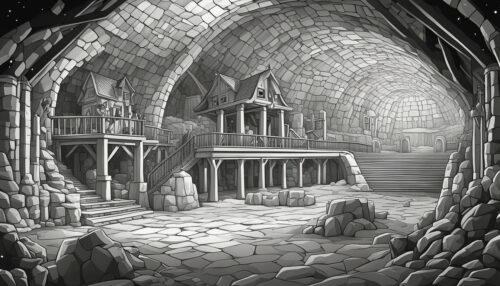
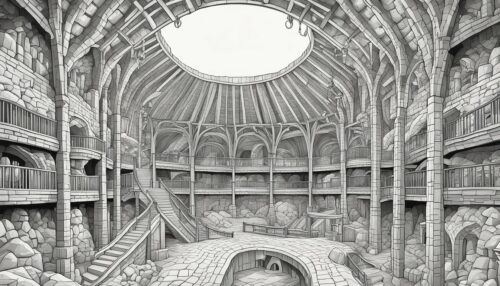
The Wieliczka Salt Mine, located just southeast of Krakow, Poland, has a rich and fascinating history dating back to the 13th century. It was founded by Duke Bolesław the Chaste and became one of the most important sources of income for the Polish Kingdom. The mine was so valuable that it was even used as collateral for loans, and King Casimir III the Great granted it special privileges and rights.
Over the centuries, the Wieliczka Salt Mine has been visited by numerous notable figures, including Princess Kinga of Hungary, who is said to have thrown her engagement ring into a mine shaft in Hungary and then found it in a block of salt in Wieliczka. Other visitors include Béla IV of Hungary, Nicolaus Copernicus, Johann Wolfgang von Goethe, Fryderyk Chopin, Dmitri Mendeleyev, Pope John Paul II, and former U.S. President Bill Clinton.
The mine’s importance continued to grow in the 19th century when it became a UNESCO World Heritage Site. Today, it is a popular tourist destination, attracting visitors from all over the world.
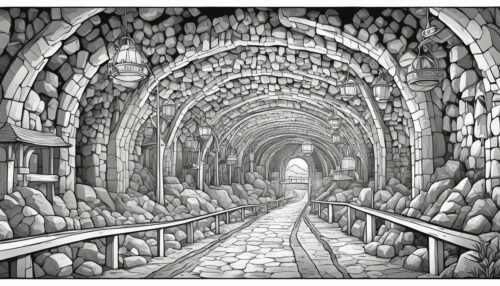
The miners who worked in the Wieliczka Salt Mine faced many challenges and dangers, including flooding, cave-ins, and poor air quality. Despite these difficulties, they were able to extract vast amounts of salt from the mine, which was used for a variety of purposes, including food preservation, seasoning, and currency.
The Wieliczka Salt Mine has also played an important role in the protection and conservation of the surrounding area. In addition to preserving the mine itself, efforts have been made to protect the unique ecosystem that has developed in the underground chambers, including the salt lake that is home to rare species of bacteria.
Overall, the Wieliczka Salt Mine is a fascinating and important part of Polish history, and its stories and significance continue to be celebrated and explored to this day.
Artistic Elements
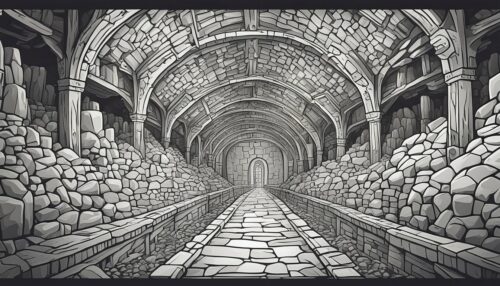
The Wieliczka Salt Mine is not only a historical site but also a unique artistic masterpiece. The mine’s galleries feature numerous sculptures, statues, and other artistic elements that were carved out of rock salt by skilled miners over the centuries.
One of the most impressive works of art in the mine is the Chapel of St. Kinga, which is entirely made of salt. The chapel’s walls, floor, and ceiling are adorned with intricate sculptures and reliefs that depict various biblical scenes and figures. The chapel also features a stunning salt chandelier that weighs over 2 tons.
Another notable artistic element in the mine is the Last Supper, a sculpture that depicts Jesus Christ and his disciples at the Last Supper. The sculpture is carved out of a single block of salt and measures over 3 meters in length.
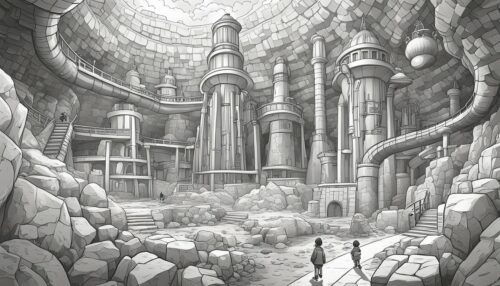
The mine also features numerous sculptures and statues that are scattered throughout its galleries. These include depictions of historical figures, religious icons, and mythical creatures. Some of the most impressive sculptures include the Crystal Grotto, which features crystal clear rock salt formations, and the Cathedral, which is a vast underground chamber that is adorned with salt sculptures and reliefs.
The Bochnia Salt Mine, which is located on the same geological deposit as the Wieliczka Salt Mine, also features numerous artistic elements. The mine’s galleries are adorned with sculptures, reliefs, and other artistic works that were created by skilled miners over the centuries.
Overall, the Wieliczka and Bochnia Salt Mines are not only significant historical sites but also remarkable works of art. The artistic elements that are found throughout the mines’ galleries are a testament to the skill and creativity of the miners who worked there.
Visiting the Mine Wieliczka Salt Mine Coloring Pages
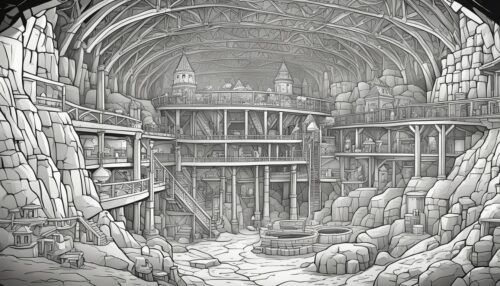
The Wieliczka Salt Mine is a must-visit spot for anyone traveling to Krakow. It has been welcoming visitors since 1722, and its magnificence continues to attract tourists from all over the world. The mine is located in the small town of Wieliczka, just under 9 miles to the southeast of Krakow.
Visitors can take a guided tour of the mine and explore its incredible sights. The tourist route takes visitors through a series of underground chambers, halls, and passages, showcasing the wealth of the mine’s history and the incredible natural wonders of the underground world.
The guided tour provides visitors with a wealth of information about the mine’s history and its significance. Visitors can learn about the mine’s importance as a source of salt throughout the centuries and its transformation into a priceless monument open to visitors.
To ensure a comfortable and enjoyable visit, visitors are advised to wear comfortable shoes and dress appropriately for the underground environment. The temperature in the mine is constant, with an average of 14 degrees Celsius, so it is recommended to bring a light jacket or sweater.
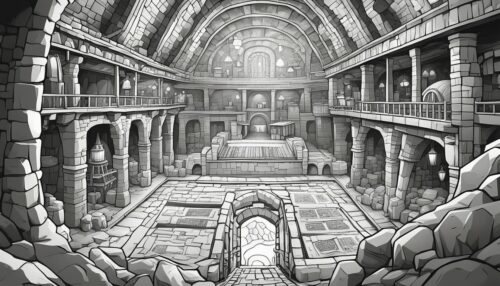
User validation of the mine’s worth visiting is evident in the numerous positive reviews and feedback from visitors who have experienced the mine’s incredible sights and learned about its rich history.
Overall, visiting the Wieliczka Salt Mine is an unforgettable experience that should not be missed by anyone traveling to Krakow.
The Underground World
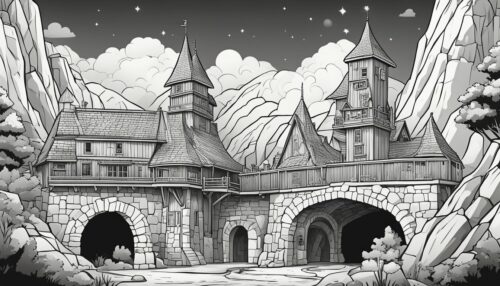
The Wieliczka Salt Mine is an underground world that has fascinated visitors for centuries. The mine has a labyrinth of 3,500 chambers connected by approximately 185 miles of tunnels, making it one of the largest and most complex underground systems in the world. Visitors can explore some of the oldest parts of the mine, which date back more than 700 years.
One of the most impressive features of the mine is the underground lake, which is located 135 meters below ground level. The lake is approximately 9 meters deep and covers an area of around 10,000 square meters. Visitors can take a boat ride on the lake and admire the stunning reflections of the salt chambers on the water.
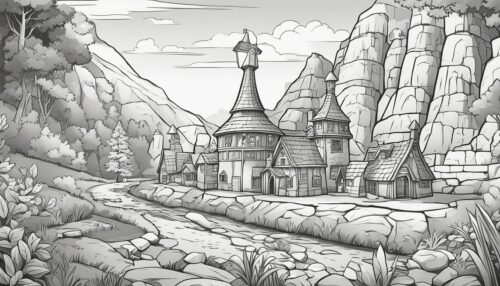
The mine also has many halls and chambers that are adorned with sculptures, chandeliers, and other works of art. The most famous of these is the Chapel of St. Kinga, which is located 101 meters below ground level. The chapel is entirely made of salt and features stunning salt sculptures and carvings.
The Wieliczka Salt Mine is not the only salt mine in the area. The Bochnia Salt Mines, located about 40 kilometers away, are also worth a visit. The Bochnia Salt Mines are smaller than the Wieliczka Salt Mine, but they are still impressive in their own right. Visitors can explore the horizontal passages, shafts, and chambers of the mine and learn about the history of salt mining in the region.
Overall, the Wieliczka and Bochnia Salt Mines are wonders of engineering and human ingenuity. Visitors can explore an underground city made of salt, admire stunning works of art, and learn about the history of salt mining in Europe.
Mining Process and Tools Wieliczka Salt Mine Coloring Pages
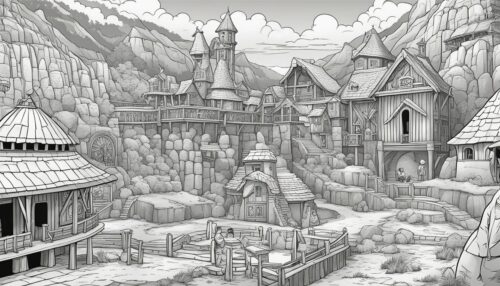
The Wieliczka Salt Mine has been a source of salt since the 13th century and has been continuously operational until the late 20th century. The mining process involves extracting salt from the underground deposits using various tools and machinery.
The miners use traditional tools such as hammers, chisels, and pickaxes to extract the salt. The Kopalnia Soli, or the Salt Mine, has a network of chambers, ramps, and shafts where the miners work daily. The Regis Shaft is one of the most important shafts in the mine, and it is used to transport the salt to the surface.
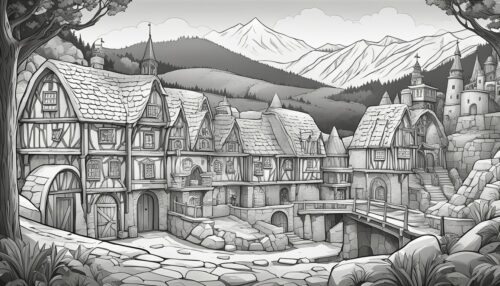
The salt mining process involves drilling holes into the salt deposits and then blasting the salt using explosives. The miners then use machinery to transport the salt to the storehouses. The Kraków Saltworks Museum is home to various machinery used in salt mining, including the Komora, which is a unique device used to transport salt.
The salt is transported to the storehouses, where it is sorted and processed. The Wieliczka Salt Mine has several storehouses where the salt is kept, including the Danilowicz Shaft, which is used to transport salt to the surface.
In conclusion, the Wieliczka Salt Mine has a rich history of salt mining, and the mining process involves the use of traditional tools and machinery. The miners work tirelessly to extract the salt from the underground deposits, and the salt is then transported to the storehouses for processing.
Wieliczka Salt Mine in Popular Culture
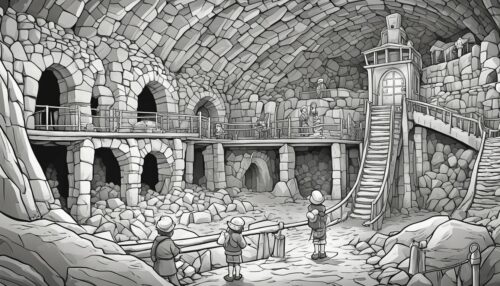
The Wieliczka Salt Mine has been a popular tourist destination for many years, attracting visitors from all over the world. It has also been featured in various forms of popular culture, including music and videos.
In 2011, the Lithuanian band “Skamp” released a music video for their song “So High” which was filmed in the Wieliczka Salt Mine. The video features the band members exploring the mine’s underground chambers and tunnels, showcasing the mine’s unique beauty and history.
The Wieliczka Salt Mine has also been featured in several travel shows and documentaries, such as the popular series “Rick Steves’ Europe”. These shows highlight the mine’s historical significance and its impressive underground architecture.
In terms of tourism, the Wieliczka Salt Mine is a popular destination for visitors to Krakow, with many tour companies offering trips to the mine. Visitors can explore the mine’s underground chambers, see the incredible salt sculptures and carvings, and learn about the mine’s history and significance.
Overall, the Wieliczka Salt Mine’s popularity in popular culture and tourism is a testament to its unique beauty and historical significance.
